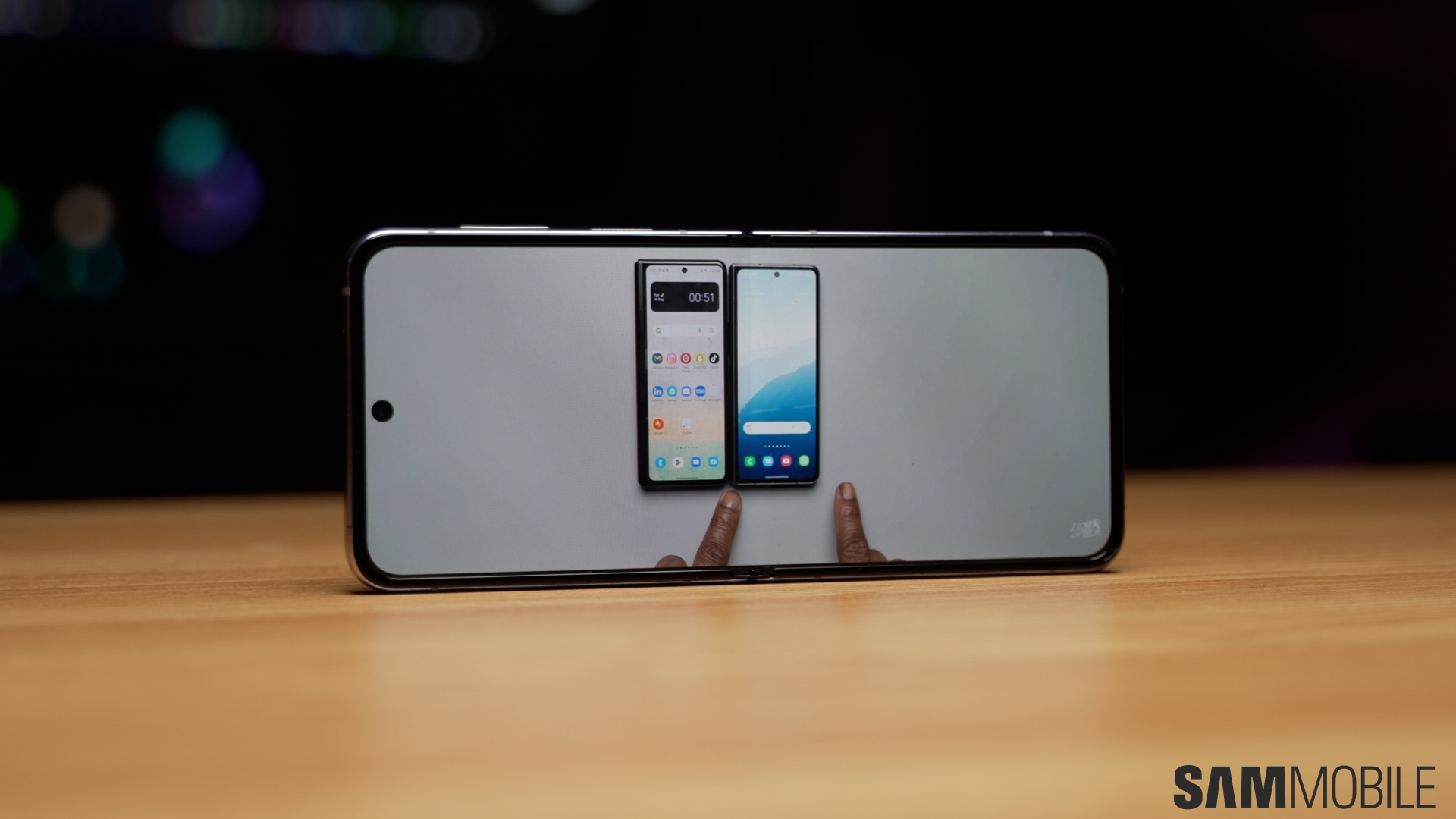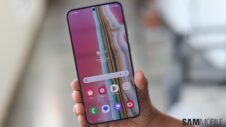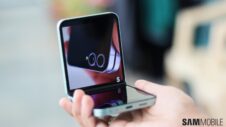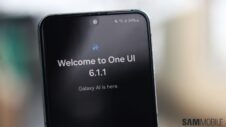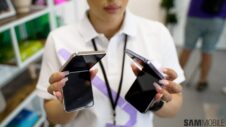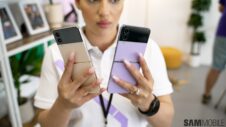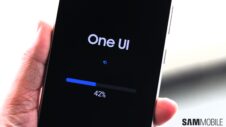The Galaxy Z Flip series is the most popular foldable offering in the market right now, helped in particular by the drop down to a $999 price tag last year. Samsung's made great strides in making its foldables feel like normal phones despite all the new and untested (over the long term) tech in there, but as far as the Galaxy Z Flip smartphones are concerned, there's one thing that's separating them from the non-folding phones that I hope Samsung can address going forward.
It has to with the main display. No, nothing about its durability or the crease, but the fact that the usable screen area is narrower than what you would get on a regular non-folding phone. While the overall width of the Galaxy Z Flip smartphones is the same as Samsung's standard candybar phones, the thick plastic borders around the screen mean you have to deal with a slightly more cramped touchscreen experience, especially when typing.
These borders are important. They protect the two halves of the foldable display from damage when the phone is folded, and I'm not saying Samsung should get rid of them. But I'd love it if the usable screen estate is as wide as that on a regular phone. While the Galaxy Z Flip line's foldable display — the part that you can touch and operate — is nowhere near as narrow as the cover display on the Galaxy Z Fold series, it's not that wide, either, and that bothers me when I use a Galaxy Z Flip.
One could make the argument it would make the Galaxy Z Flip series a little wider than a regular phone, but I don't think that would be a major issue considering the form factor. Galaxy Z Flip smartphones do fold into half, after all, and slightly wider dimensions are unlikely to make a huge difference in how compact they feel in the folded state.
As we have opined before, there is more than one limitation that you have to deal with if you buy any Galaxy Z Flip model, but those limitations can't be removed all that easily. Making the phone a little wider to compensate for those borders around the main display is certainly something Samsung should be able to do, though, and I hope the company looks into it for the next Galaxy Z Flip smartphone.
Do you own a Galaxy Z Flip, Galaxy Z Flip 3, or Galaxy Z Flip 4? Do you think the folding display needs changing, or is the current implementation more than good enough for you? Let's discuss in the comments section!
